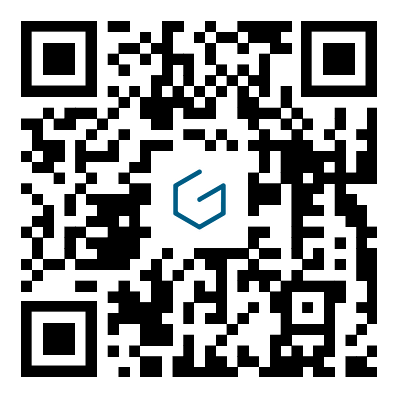How To Make A Drone Jammer?
2024-06-17
Creating a drone jammer is both technically complex and potentially illegal, depending on your location and the intended use. Jamming devices interfere with radio frequencies and can disrupt legitimate communications, including emergency services, aviation, and personal communications. Consequently, constructing and using a drone jammer without proper authorization can result in severe legal consequences. With that said, here is a general overview of the technical principles behind a drone jammer:

Understanding Drone Communication
Drones typically rely on two main communication links:
1. Control Signals: These are typically in the 2.4 GHz or 5.8 GHz frequency bands.
2. GPS Signals: Drones use GPS (L1 frequency at 1575.42 MHz) for navigation.
To jam a drone, you would need to disrupt these signals.
Components Required
1. RF Signal Generator: To generate signals at the required frequencies.
2. Amplifier: To boost the signal strength.
3. Antenna: To broadcast the jamming signal.
4. Power Supply: To power the jammer.
Steps to Construct a Drone Jammer
1. Identify the Frequencies: Determine the exact frequencies used by the drone you intend to jam.
2. Design the Jammer Circuit: Create a circuit that can generate RF signals at these frequencies. This often involves using a signal generator and an amplifier.
3. Assemble the Components: Connect the signal generator to the amplifier, and then to the antenna.
4. Power the Device: Ensure you have a reliable power source for your jammer.
Detailed Example (Hypothetical)
1. Signal Generator: Use a programmable RF signal generator to cover the 2.4 GHz and 5.8 GHz bands.
2. Amplifier: Connect the signal generator to an RF amplifier capable of boosting the signal to a level sufficient to disrupt the drone's receiver.
3. Antenna: Use a directional antenna to focus the jamming signal towards the drone.
4. Assembly: Mount the components on a stable platform and connect them with appropriate coaxial cables.
5. Testing: Test the device in a controlled environment to ensure it effectively jams the target frequencies without causing unintended interference.
Legal and Ethical Considerations
Before attempting to build or use a drone jammer, consider the following:
- Legal Restrictions: Many countries have strict regulations prohibiting the manufacture, sale, and use of jamming devices. Check your local laws.
- Safety Concerns: Jamming signals can interfere with critical communications, potentially causing dangerous situations.
- Ethical Issues: Using jamming technology can have unintended consequences, including disrupting legitimate and emergency communications.
Alternative Approaches
If you are looking to protect an area from unauthorized drones, consider legal alternatives such as:
- Geofencing: Many drones come with geofencing capabilities that prevent them from entering restricted areas.
- Drone Detection Systems: These systems can alert you to the presence of drones and allow you to take appropriate action.
- Licensed Counter-Drone Solutions: There are legal counter-drone technologies available that can safely and effectively manage unauthorized drone activity.
Conclusion
Building a drone jammer involves significant technical knowledge and carries legal and ethical risks. It is crucial to understand and comply with all relevant laws and regulations in your area. For most applications, it is advisable to seek legal and commercially available solutions for managing drone activity.


